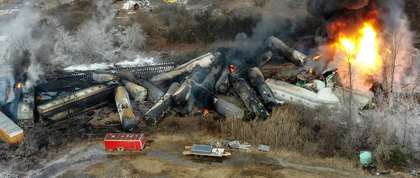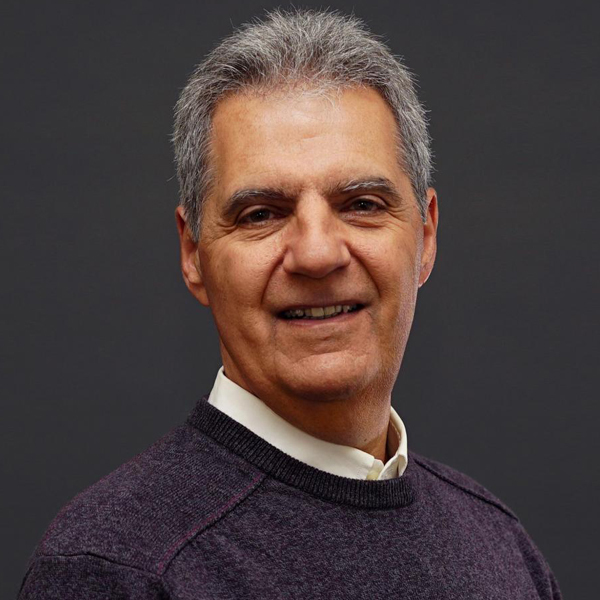
Image: The derailment of a Norfolk Southern train in East Palestine, Ohio, in February. (The New York Times)
Students and colleagues are aware of my aversion to the word “accident,” which is too often used to suggest a random, unavoidable event. We all know better, though; many accidents are unintentional events that could have been averted.
Nothing illustrates this better than the massive train derailment that occurred in February in East Palestine, Ohio. A preliminary investigation points to a seized wheel bearing that heated to the point of failure, which was completely avoidable. But a wider New York Times investigation of train derailments (which average three a day across the U.S.) points to a broader culture of rail companies that are sacrificing safety measures in the pursuit of reduced costs and increased profits. Whether you use a narrow or a wide lens, these harmful “accidents” are largely preventable.
It may be difficult to imagine, but the situation in Ohio could have been worse. A toxic cloud of burning organic chemicals, including the carcinogen vinyl chloride, rose up quickly and, as a result of the prevailing winds, migrated to the less-populated east. Remember, though: what goes up must come down. So both dry and wet deposits ultimately brought the toxic cloud back into the living environment.
As the site of the derailment continues to be cleaned up and efforts proceed to help the town recover, public health professionals of every discipline are needed to contribute their expertise to these and other derailments. For example, biostatisticians can identify relevant metrics to measure health impacts and put forth criteria for measuring success. Epidemiologists can design appropriate health surveillance systems and prospective cohort studies. Health policy and management experts can explore failures in the emergency response immediately following the derailment, and socio-behavioral specialists can evaluate risk communication strategies and the community’s response to the event.
Air, water and soil sampling that is essential for proper risk assessment is being conducted, but many of the chemicals involved do not have health-based standards, so data interpretation will be challenging. The fire also produced numerous dangerous combustion by-products, and in somewhat of a first the CDC is onsite conducting individual exposure assessment surveys in the community.
Complex environmental disasters such as the one in Ohio require long-term study, not only to clean up the wreckage but also to prevent repeat incidents in the future. GPH students and faculty in their respective public health disciplines can find a wealth of opportunities, in this episode and others like it, to collect data, analyze research and provide solutions now and in the future. Let’s get to work!

Jack Caravanos, DrPH, CIH
Clinical Professor of Environmental Public Health Sciences